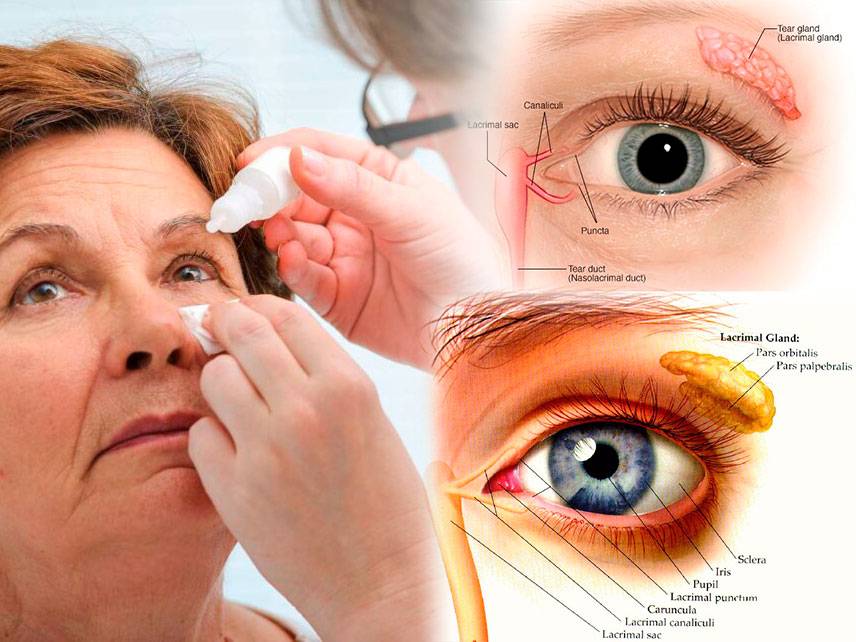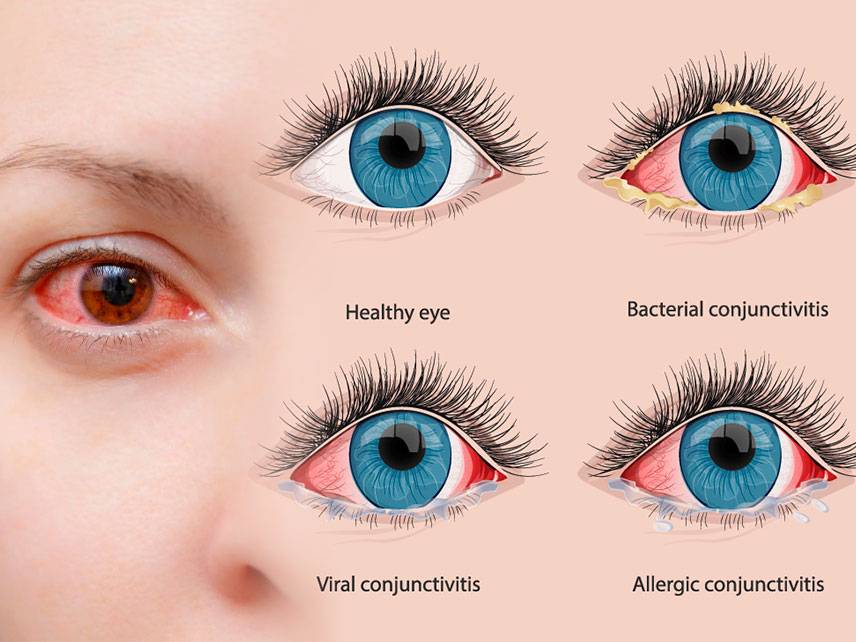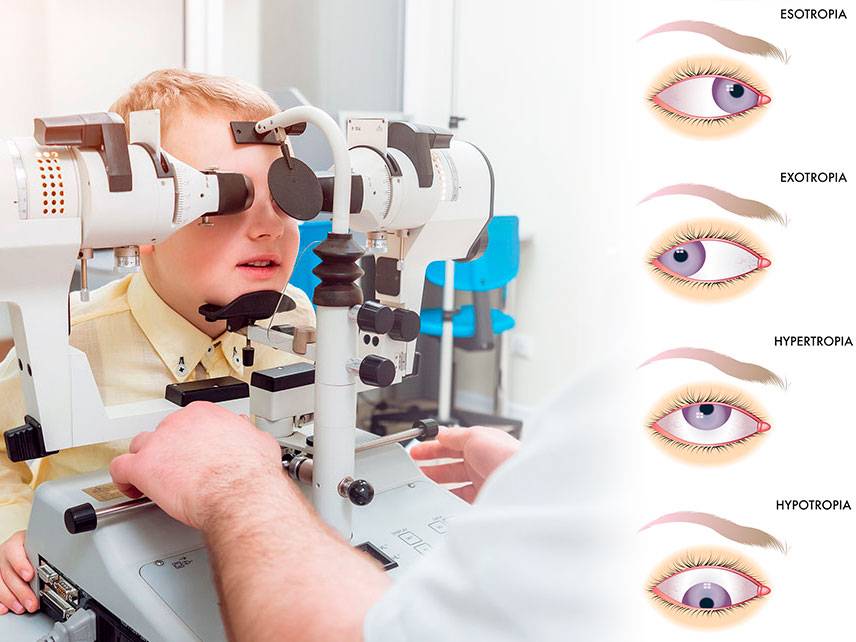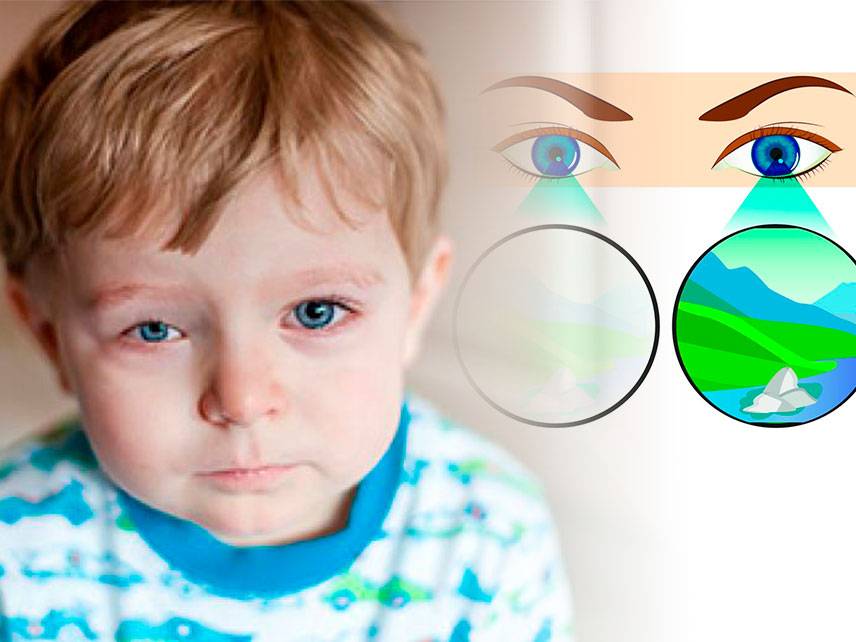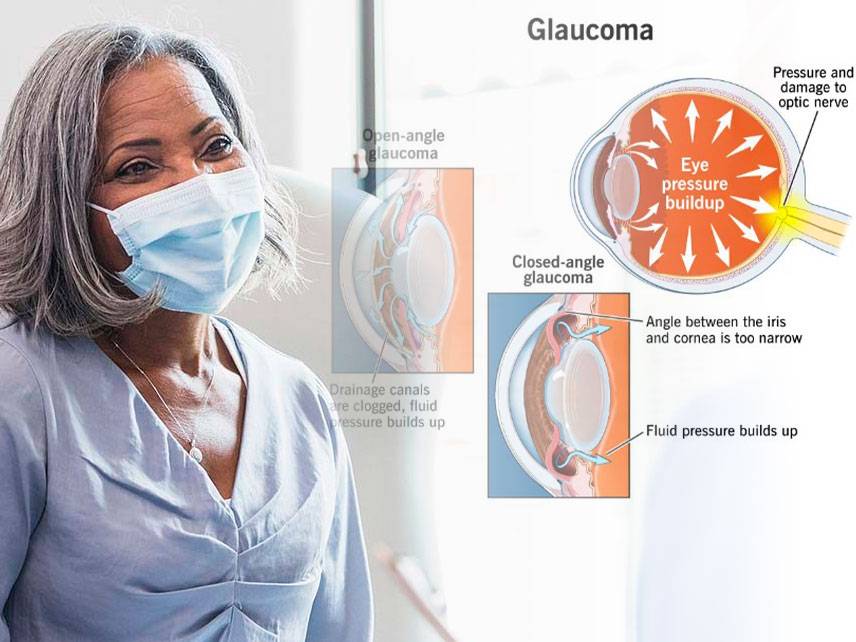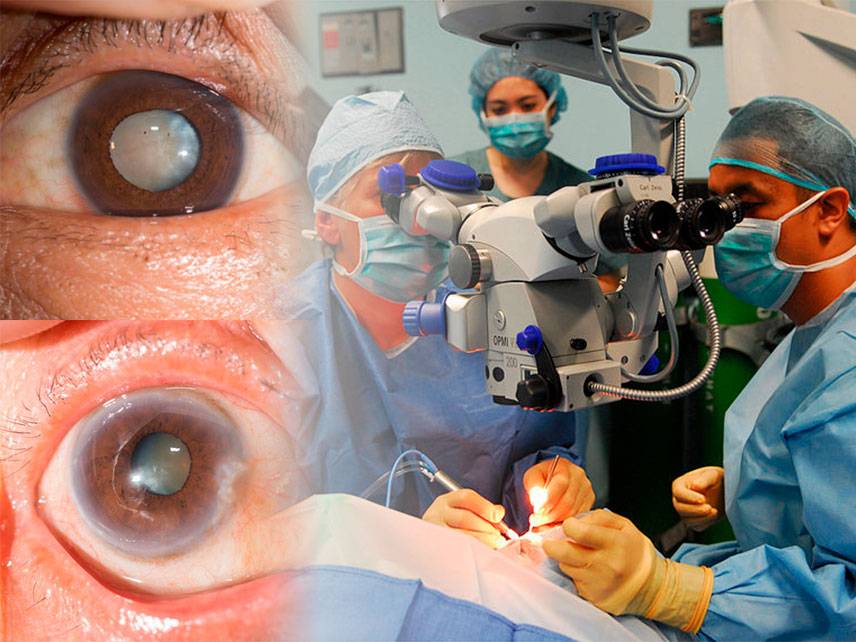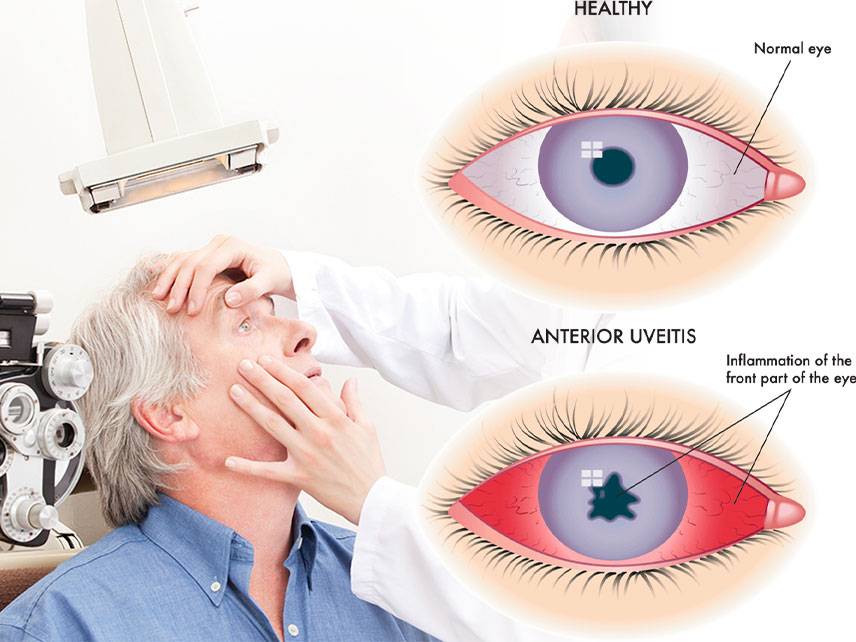
What is uveitis and how is it treated?
Uveitis is an inflammation of the uvea, which is the layer of tissue that surrounds the eye. It can be caused by a variety of things, including infection, injury, autoimmune diseases, or an allergic reaction. Symptoms of uveitis can include pain, redness, light sensitivity, blurred vision, and floaters. Treatment depends on the cause of the inflammation and can include topical steroids, oral steroids, anti-inflammatory medications, antibiotics, immunosuppressants, or even surgical intervention.
